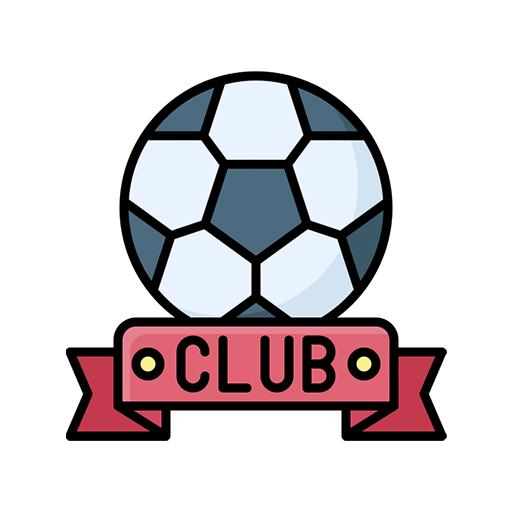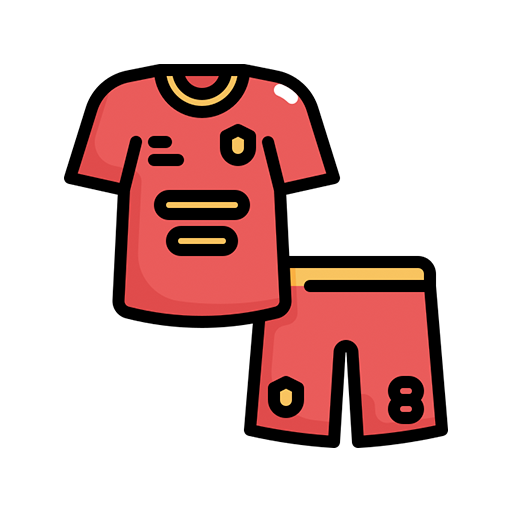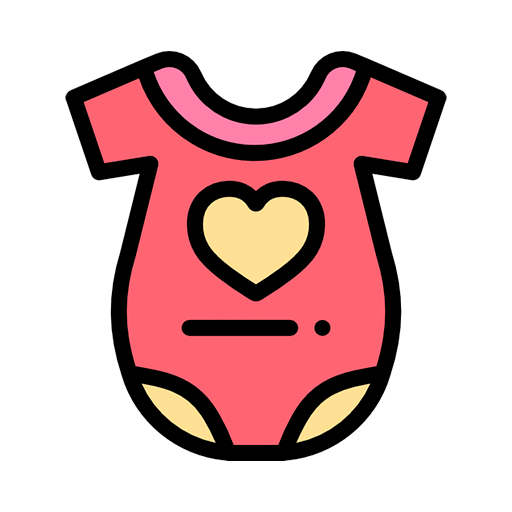
When do babies start wearing bibs
Share
Throughout every stage of a baby's growth, the bib is not only a necessity for daily care but also a testament to parents' meticulous care and nurturing. From when babies start drooling at 3-4 months old to when they gradually learn to eat independently, the bib plays an indispensable role in protecting their delicate skin and reducing clothing stains.
Selecting the fitting bib for your baby requires careful consideration. This article delves into the principles of bib selection, usage precautions, and specific recommendations for each growth stage, helping parents better understand and utilize this small yet essential parenting tool.
Principles of Choosing a Baby Bib
Proper Size
Size is the primary consideration when selecting a bib. The neckline design is particularly crucial – it should neither constrain the baby's neck, affecting breathing and neck movement, nor be too loose to prevent food residue or saliva from spilling out. Parents can use the width of a finger as a reference for the right fit, neither too tight nor too loose. Additionally, adjust the overall size based on the baby's age and body shape to ensure it covers the chest and chin areas effectively.
Safe Materials
As the bib comes in direct touch with the baby's skin, material safety is paramount. Ideal bib materials should possess excellent water absorption, breathability, and softness to minimize friction and irritation. Common materials include gauze, cotton, and silicone. Gauze bibs are breathable and easy to clean; cotton bibs are soft and gentle on sensitive skin; silicone bibs are durable and easy to clean, suitable for older babies with increased activity levels. Choose based on your baby's needs.
Colors and Patterns
Bright colors and cute patterns not only attract babies' attention, encouraging them to wear the bib, but also add cheer to their daily lives. Opt for bright, stain-resistant colors like blue, green, or darker shades for easy cleaning and maintenance. Patterns should align with your baby's interests, such as their favorite cartoon characters or animals, to enhance the bib's appeal and fun factor.
Bib Recommendations for Different Growth Stages
NB-4 Months Old: Strong Absorbency, Comfortable Material
During this stage, when mothers are feeding water or milk to their babies, to keep the baby's clothes dry, choose bibs with strong absorbency made of comfortable and skin-friendly materials such as gauze or pure cotton. Ideally, go for 360-degree coverage bibs that can protect the baby's chin and chest areas, effectively absorbing water and milk stains, and keeping the baby's skin dry and comfortable.
4-6 Months Old: Waterproof + Teether Function
As babies start solids and enter the teething stage, saliva increases further, and gum discomfort may lead to frequent chewing. Look for bibs with both water-absorbing and waterproof capabilities, preferably with a teether design. These prevent food residue and saliva from soiling clothes while providing a safe chewing toy to alleviate gum discomfort.
6-12 Months Old: Durable and Easy to Store
With a wider variety of foods and improved swallowing abilities, bibs are still needed to minimize clothing stains. Choose durable, easy-to-clean, and compact bibs like silicone ones with detachable large grooves. These are resilient, easy to maintain, and the groove design catches food residue and saliva, keeping clothes tidy.
12-24 Months Old: Lightweight and Portable
As babies learn to eat independently, their fine motor skills improve. Lightweight, portable bibs like disposable or washable ones are ideal. They're thin, foldable, and convenient for outings. The washable designs reduce cleaning hassles, making parenting more manageable.
Precautions for Using Baby Bibs
Adjust Tightness Appropriately
Ensure the bib fits comfortably around the baby's neck, neither too tight nor too loose. Use a finger's width as a guideline and observe the baby's comfort level.
Regular Replacement and Cleaning
Bibs accumulate saliva, food residue, and other contaminants. Replace and clean them regularly after each meal to maintain hygiene and prevent bacterial growth.
Inspect for Damage
Regularly check bibs for wear, deformation, or tears and replace damaged ones promptly to avoid accidents.
Adult Supervision
While bibs offer protection, adult supervision remains crucial.
Ending
Baby bibs, these seemingly inconspicuous yet essential baby-care tools, embody the meticulous love and care that parents lavish upon their little ones.
By making judicious choices and utilizing bibs appropriately, not only can we effectively shield baby's delicate skin from the irritation of saliva and food residue, but also provide them with the most heartfelt companionship and support throughout each pivotal moment of their growth. In this process, parents learn how to select the most suitable bibs based on their baby's age and developmental needs, while also savoring the joys and sense of accomplishment that come with the nuances of parenting.




